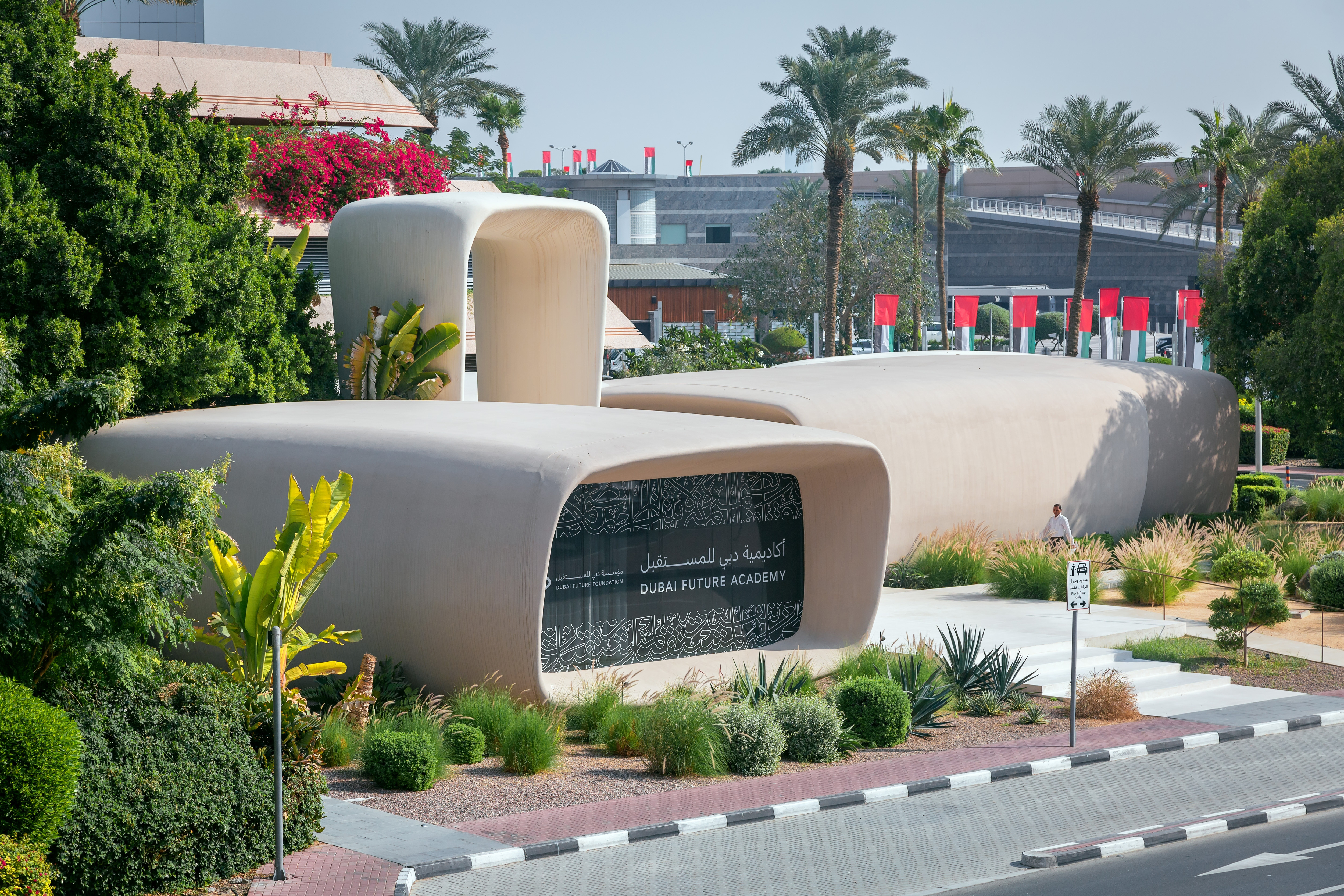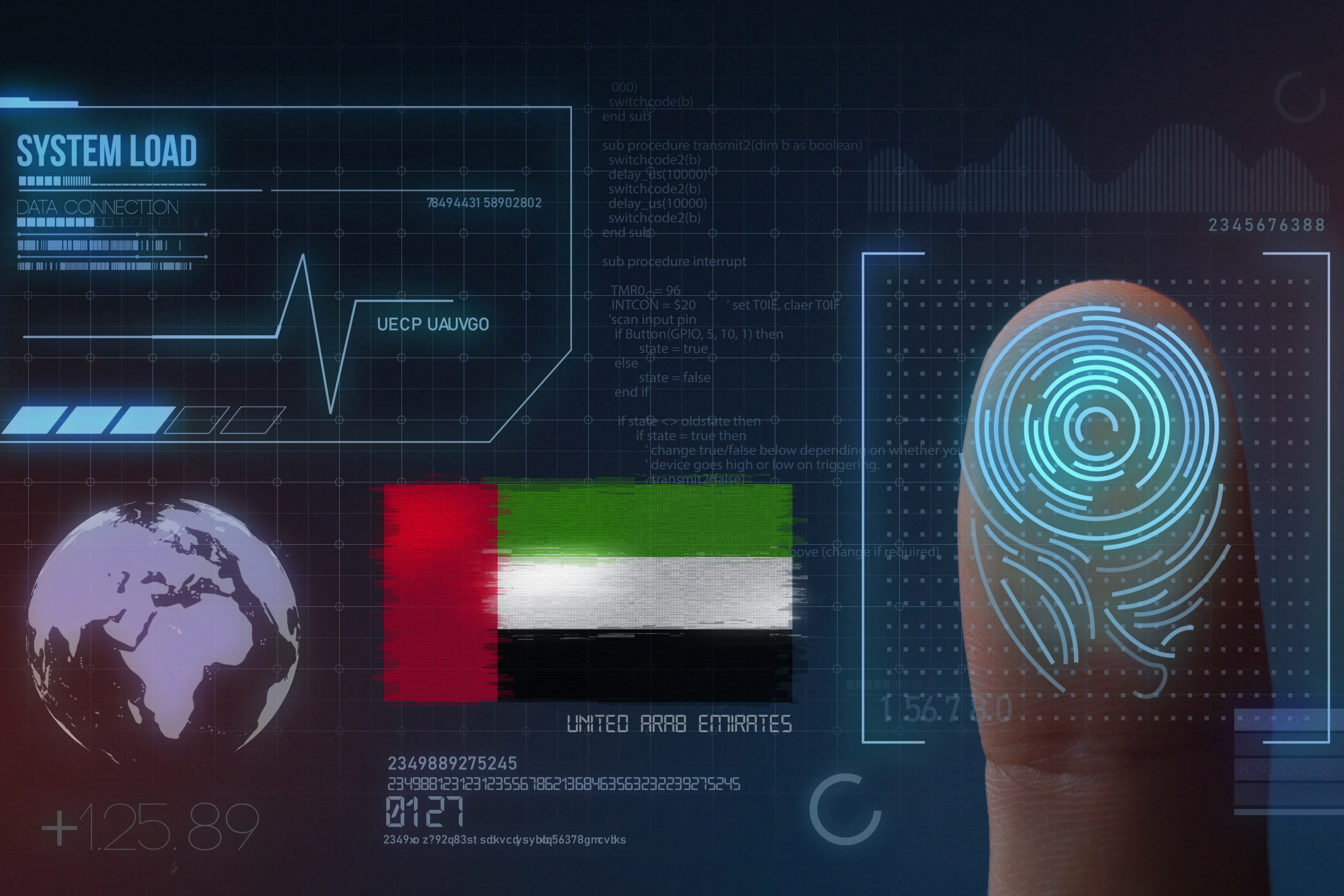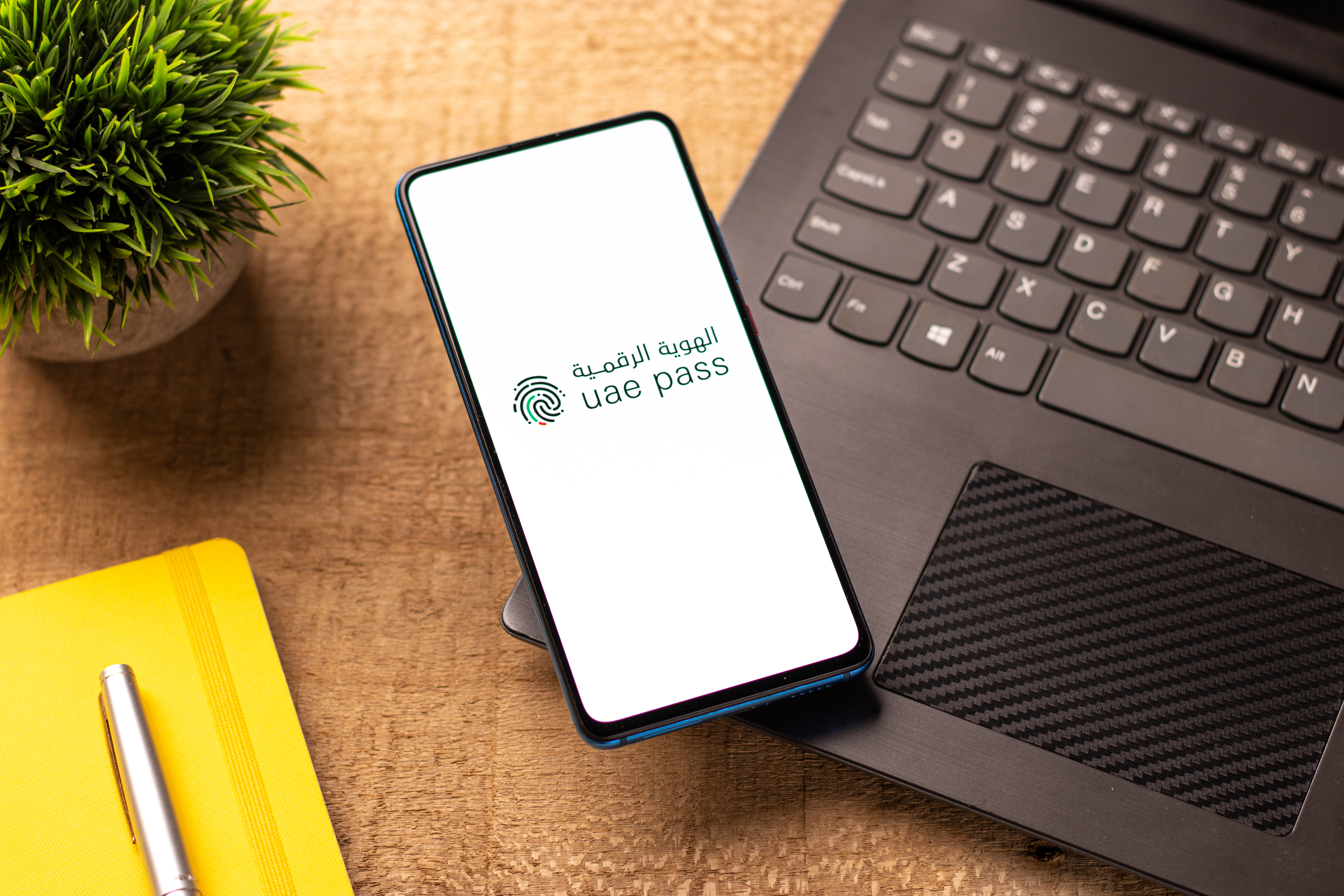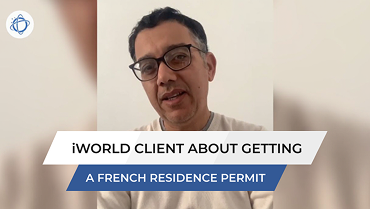An Emirates ID certifies the identity of a UAE resident or citizen. Foreigners can apply for the card after receiving a residence visa, which is used instead of a residence permit in this country. This certificate identifies a person and provides access to government services and other rights. After receiving an Emirates ID in Dubai or another emirate, foreigners become full members of UAE society and can receive services from all local authorities. Registration of the card is the final mandatory stage of acquiring residency and is available to anyone who intends to stay in the UAE for an extended period of time. This article will cover the grounds for immigration to the UAE, the documents required to apply for an Emirates ID, and how to obtain one.

Quick facts about the Emirates ID
| Category | Details |
|---|---|
| Cost | From AED 100 per year + service and typing fees |
| Processing time | Usually around 5 working days; Fawri service available within 24 hours (for eligible citizens and GCC residents) |
| Where to apply | ICP Smart Services portal, UAEICP mobile app, or authorized typing centers |
| Documents required | Valid passport, residence visa (or entry permit), and passport-style photo (3.5 × 4.5 cm); extra docs for children under 15 |
| Validity | Citizens: 5 or 10 years (according to age); GCC residents: 5 years; foreign residents: for the duration of their visa (up to 5 years) |
| Renewal window | Apply within 30 days after expiry to avoid fines |
| Late-renewal penalty | AED 20 per day, maximum AED 1,000 |
| Digital ID | Accessible via UAEICP app and UAE Pass; can be added to Apple Wallet / Google Wallet |
| Legal requirement | You must carry your Emirates ID at all times and present it when requested by authorities |
| Last updated | 13 October 2025 |
What is an Emirates ID?
Foreigners planning to immigrate to the UAE often wonder whether an Emirates ID is a residence permit. In fact, the document itself is not a residence permit, but it is issued after the permit is granted. All residents of the UAE (foreigners with a legal right to reside), citizens of this state, and passport holders from other Gulf countries who have a reason to live in the UAE are required to have an identification card issued by the state. Immigrants must obtain an Emirates ID immediately after being approved for a resident visa. You should always carry the document with you to confirm your identity if necessary.
The Emirates ID is a plastic card that contains the owner’s encrypted personal data. Each ID has a unique 15-digit identification number permanently assigned to the person. The electronic chip contains personal data, some of which is encrypted and can only be read by a computer. The card also contains the owner’s biometric fingerprint. Due to the use of modern technologies in its production, the document has a high level of reliability and information security.
Latest updates
The issuance of Emirates IDs has been practiced in the UAE since 2004. However, in 2021, some changes were introduced that improved the security, durability, and reliable service of the document. Since June 2021, the authorized body has been issuing identity cards in exchange for old, damaged, or lost cards, as well as for new requests. These cards have the following features:
- The card is guaranteed to last for 10 years or more thanks to its high-quality polycarbonate manufacturing material;
- A 3D photo of the cardholder is linked to their date of birth;
- Basic personal data is applied using 3D laser printing;
- Remote data identification and nine levels of protection;
- An increased-power chip is installed that can record up to 32,000 characters;
- The majority of the data can only be read when using the E-Link ICA system.
Despite the document update and introduction of a digital code system that meets the latest security standards, the cost of issuing an Emirates ID has not increased.
What`s new in 2025
In 2025, the Federal Authority for Identity, Citizenship, Customs, and Port Security (ICP) introduced several updates to make Emirates ID management faster and simpler:
- One-step renewal and replacement for UAE citizens — both actions can now be completed in a single process through the UAEICP app or ICP Smart Services portal.
- Simplified verification — updated biometric and document checks are performed automatically, reducing the need for in-person visits.
- Digital Emirates ID first — residents and citizens can now use the digital version in the UAEICP app as an official document while waiting for the physical card.
- Improved smart-gate access — the latest Emirates ID version supports faster eGate passage at UAE airports.
- Enhanced security features — laser-engraved data, updated encryption chip, and improved durability for all new cards.
These improvements are part of the Zero Bureaucracy 2.0 government initiative, aimed at making identification and renewal processes completely digital and more user-friendly.
What does the Emirates ID offer?
- Access to government services in the UAE;
- The right to vote in Federal National Council elections;
- Passing through eGates and “smart gates” at several UAE airports.
This list shows the general capabilities of the Emirates ID as an identification document. However, additional benefits may vary depending on the owner’s status. If a foreigner has received an Emirates ID based on a residence visa, they can reside in the country for a specified period, work as a self-employed individual or employee, and receive an education at local institutions. They can also apply for UAE citizenship in the future. Emirati citizens can use this ID as a travel document to visit other Persian Gulf countries.
Different ways to obtain an Emirates ID
To obtain an Emirates ID, a foreigner must first obtain resident status by participating in one of the immigration programs. The UAE government offers various options for acquiring a local residence permit for different categories of applicants.
A foreigner can obtain a 10-year residence visa by making an investment. The invested capital must be the applicant’s personal property and not credit funds. When applying for a visa, investors must provide a letter from an accredited investment fund confirming the placement of a deposit of no less than AED 2,000,000 (approximately USD 544,600) or a valid license proving the possession of similar capital. A third option is to own or partner with an enterprise that pays the government at least AED 250,000 (approximately USD 68,075) annually.
After registering a business in the UAE — either on the mainland or in a free economic zone — a foreigner has the right to move. Entrepreneurs can request a Golden Visa or a regular resident visa. In both cases, a license is necessary, but a Golden Visa applicant must also obtain approval from an accredited business incubator and a project assessment auditor. Additionally, the planned activity must be innovative, and the enterprise’s value must be at least AED 500,000 (USD 136,145). The regular business residence permit option is less complicated and more appealing due to the fewer requirements.
Another way to acquire a UAE residence permit and an Emirates ID is through capital investments, such as buying real estate in the country. The property can be one or several; the main condition is that the total cost must be at least AED 2,000,000 (USD 544,000). In this case, the visa is granted for five years.
A quick and affordable way to obtain UAE residency is to register a partnership with a company operating on the country’s mainland. Applicants must meet the general minimum requirements. It is not necessary to speak the language, and the procedure can be completed in three weeks. A residence permit is issued immediately for two years; no investments are required except for the standard fee payment.

Foreigners who have a job in the UAE, in either the private or public sector, can obtain a regular resident visa. The employer submits the application for approval. The right to reside can be obtained for two years. Highly qualified professionals with a college degree and a monthly salary of at least AED 15,000 (USD 4,085) are granted a five-year green visa.
Professionals in information technology, media, creative professions, and consulting can obtain UAE residency on this basis. A residence permit card for freelance work is issued for up to two years; the main advantage is that there are no mandatory financial investments. Applicants only need to pay government fees.
Foreigners with a residence permit in the Emirates can sponsor their family members (spouses and children, and sometimes parents) when moving. The sponsor must earn at least AED 4,000 (USD 1,000) or AED 3,000 (USD 815) if they have their own accommodation. The validity of residence permits of family members are tied to the sponsor’s residence permit. Relatives of UAE citizens are issued a five-year visa.
Retirees aged 55 and over can apply for a five-year residence permit in the UAE. Applicants must have worked at least 15 years in the UAE or abroad before retiring and have financial assets. These assets may include savings of at least AED 1,000,000 (USD 272,300), UAE real estate of similar value, or a monthly income of AED 20,000 (USD 5,445).
A student residence permit to study at a local university is issued upon sponsorship by a parent who is a UAE resident or an educational institution. Initially, the visa is granted for one year but can be extended. Depending on their gender, foreigners can sponsor their children under different conditions: daughters until they get married and sons until they reach the age of 25.

How do you obtain an Emirates ID?
First, you must have a reason to obtain an Emirates ID. For example, you could be a resident who has been granted a residence permit, a UAE citizen, or a citizen of one of the other Gulf countries. Citizens of the latter group must have a compelling reason for being in the Emirates, such as owning property, working, studying, investing, or having family ties. Other conditions for issuing an electronic ID include:
- Timely submission of biometric data;
- Strict adherence to the instructions received during the process;
- Linking a valid UAE residence permit to the Emirates ID application.
Foreign applicants must prepare the following documents:
- A valid passport;
- A current residence permit or permit for its issuance;
- A photograph with a white background measuring 3.5 x 4.5 cm.
If the application is submitted for children under 15 years of age, attach the child’s birth certificate and one of the parents’ passports or Emirates IDs to the dossier. The procedure may be completed with the assistance of an authorized representative; in this case, the representative’s original identity document must be provided.
Emirates ID costs in 2025
Emirates ID issuance involves the following expenses:
| Category | Validity Period | Base Fee (AED) | Service / Typing Fees (AED) | Total (Approx.) |
|---|---|---|---|---|
| UAE Citizens | 5 or 10 years | 100 per year | 40–70 | 140–270 |
| GCC Residents | 5 years | 100 per year | 40–70 | 540–570 |
| Foreign Residents (Expats) | Duration of residence visa (up to 5 years) | 100 per year | 40–70 | 340–570 |
| Replacement (lost / damaged) | — | 300 | 40–70 | 340–370 |
| Fawri – Urgent Service | Within 24 hours | +150 | — | +150 to total |
Keep in mind that obtaining a residence permit is a prerequisite for registering an identification card. Therefore, fees must be provided for filing and processing applications for entry and residence visas, medical examinations, and, in some cases, investments, in accordance with the basis for the status request. To delegate tasks and achieve the desired result in the shortest possible time, consider involving professionals and accounting for the cost of their services.
Specialists in international law can provide an individualized cost estimate for obtaining an Emirates ID.
Step-by-step guide to obtaining an Emirates ID
The process is carried out in three stages:
- Requesting registration
The Federal Authority for identity, citizenship, customs, and port security (ICP) is responsible for issuing identification cards. Applicants can fill out and submit an application on the authorized body’s website or go through the procedure at an accredited printing center. When submitting an online request, registration on the website is necessary to access all forms and document upload checklists. A fee is also paid when submitting a dossier, and the system provides information on possible methods of transferring the fee.
- Submitting the biometric data
To obtain an Emirates ID, the applicant must visit a special ICP service center to submit biometric data. These centers are located in different emirates, so applicants can choose the most convenient one. Further instructions are provided when submitting an application, and the applicant receives messages from the authorized body indicating the next steps. One of these notifications contains information on when and how to undergo fingerprinting.
- Tracking the process and receiving the card
The standard processing time is five days. At the same time, the ICP website provides a function for tracking the readiness of the document. There is also an option for urgent registration of an identity card within 24 hours. However, this option is only available to citizens of the UAE and other Gulf countries. Residents may use this option only if they are requesting more than their first Emirates ID. Depending on the body through which the application was submitted, the finished card will be delivered by mail or can be picked up in person at the service center.
Renewal of the ID
The Emirates ID is issued to UAE citizens for 5 or 10 years, depending on their age. For citizens of other Gulf states, it is issued for 5 years. For foreign residents of the UAE, it is issued for the period of their visa’s validity, but for no more than 5 years. Upon expiration of the ID, 30 days are given to renew it. Applicants should apply within this specified time period to avoid being fined. Residents should also note that they can only submit an application for an Emirates ID renewal if they have a valid visa, including an extended or reissued one. The procedure for issuing a new Emirates ID follows the same algorithm as the initial request. You may need to visit the service center again to submit biometric data.

If your document is lost, damaged, or stolen, contact the Federal Authority for Identity, Citizenship, Customs, and Port Security immediately. First, notify the relevant authorities of the theft or loss of the card so that they can deactivate it. If the document is damaged, you must bring it with you. Then, an ID card application is generated in the standard manner. There is a fee of AED 300 (approximately USD 82) for replacing the document, and an additional fee of AED 40-70 (USD 11-19) for the service (depending on the authority through which the application for a new card is submitted).
If any data recorded in the Emirates ID changes, you must notify the authorized body within a month. You can generate a corresponding application to update the information on the ICP website or at the printing center.
A UAE residence permit allows you to:
- Live in a country with a developed economy
- Open accounts in reliable banks
- Do business in the UAE
- Enjoy simplified visa processing for Schengen countries and the USA.

Leave an application and get a consultation specialist
Do you need to report the Emirates ID?
Receiving an Emirates ID in Dubai or any other emirate does not require notifying the authorized bodies of the applicant’s state of citizenship. It is an identity card whose registration is the result of acquiring UAE residency status. Whether it is necessary to notify the relevant authorities about receiving a residence permit depends on the legislation of the applicant’s country of citizenship. Some countries have established a rule requiring citizens to notify the state of their new status abroad, while others do not.
NOC paper is required when applying for an ID card
A NOC paper is a no objection certificate. This legal document is issued by special agencies or other authorized organizations according to the purpose for which it is required. For example, you will need no objection certificates to obtain a business license or take up a position, but they will be issued by different specialized authorities. As for the NOC paper when applying for an Emirates ID, the document is not directly required to request an identity card. However, when obtaining a resident visa and establishing residency, for example by opening a business or starting work, you may need a no objection certificate.
Can you travel with an Emirates ID?
The Emirates ID card can be used for travel and for visa-free visits to other Persian Gulf countries, including Bahrain, Qatar, Kuwait, Oman, and Saudi Arabia. At many UAE airports, the ID is used to pass through customs, which speeds up the process by automatically reading data. However, only UAE citizens can travel with an Emirates ID, and they still need a passport to travel to Schengen countries. For residents, the ID card proves their visa and right of residence, but it is only legally valid within the UAE.
What reasons can a document be canceled for?
An Emirates ID can be revoked if its owner no longer meets the requirements for obtaining the document. For example, if the visa’s validity period has expired or has been canceled for some reason. If the applicant wants to close their residence permit and leave the country, or if they want to change their type of employment, which will entail a change in their residence permit, they must contact the General Directorate of Residency and Foreigners. In these cases, the Emirates ID card must be handed over to the designated authorized body. Afterwards, it is transferred to the ICP and becomes invalid.

















